Fentanyl & Opioid Overdose Prevention
CDPH continues to increase awareness about fentanyl and opioid overdose prevention to reduce stigma and protect the lives of Californians. Fentanyl is a synthetic opioid that is a major contributor to drug overdose deaths. In 2021, there were nearly 6,000 opioid-related overdose deaths in California.
You can save lives and stop drug overdose by:
-
Knowing the signs of an overdose:
-
Carrying naloxone. Naloxone is a life-saving medication that can reverse an opioid overdose. Naloxone is safe and easy to use and works almost immediately. It is now available over the counter, without a prescription at pharmacies, convenience stores, grocery stores and gas stations, as well as online.
-
Knowing what’s in your drugs. Where available, get your drugs tested by a local drug checking program There are also at-home test strips available to look for fentanyl, xylazine and benzodiazepines.
-
Never using alone. Get support from the Never Use Alone hotline at 1-800-484-3731.
-
Having regular conversations with teens, young people and loved ones about the risks associated with fentanyl and mixing drugs, and how to help respond to an overdose to reduce the stigma around seeking help, treatment and care.
-
Sharing treatment resources, like the 24/7 National Helpline— 800-662-HELP (4357).
Learn more by visiting CDPH’s Fentanyl information page.
Use this toolkit to share information about the risks of fentanyl and how to prevent overdose.
Additional Resources
CDPH Material Co-brand Disclaimer
Local health jurisdictions (LHJs) and community-based organizations (CBOs) may co-brand materials created by CDPH (those in CDPH Office of Communications Toolkits) by adding their agency logo next to or near the CDPH logo. Be sure there is ample space between the two logos. Materials may not be altered or edited in any other way, including removal or adjustment of the CDPH logo.
Media Spots
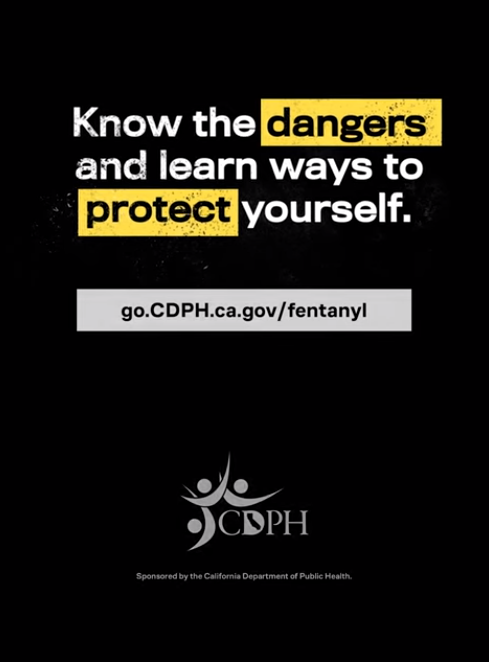
|
Video
Audio
|
Social Media
Use the following images and messaging on social media to raise awareness about fentanyl.
Click on each image to enlarge, then right click and “save as.”
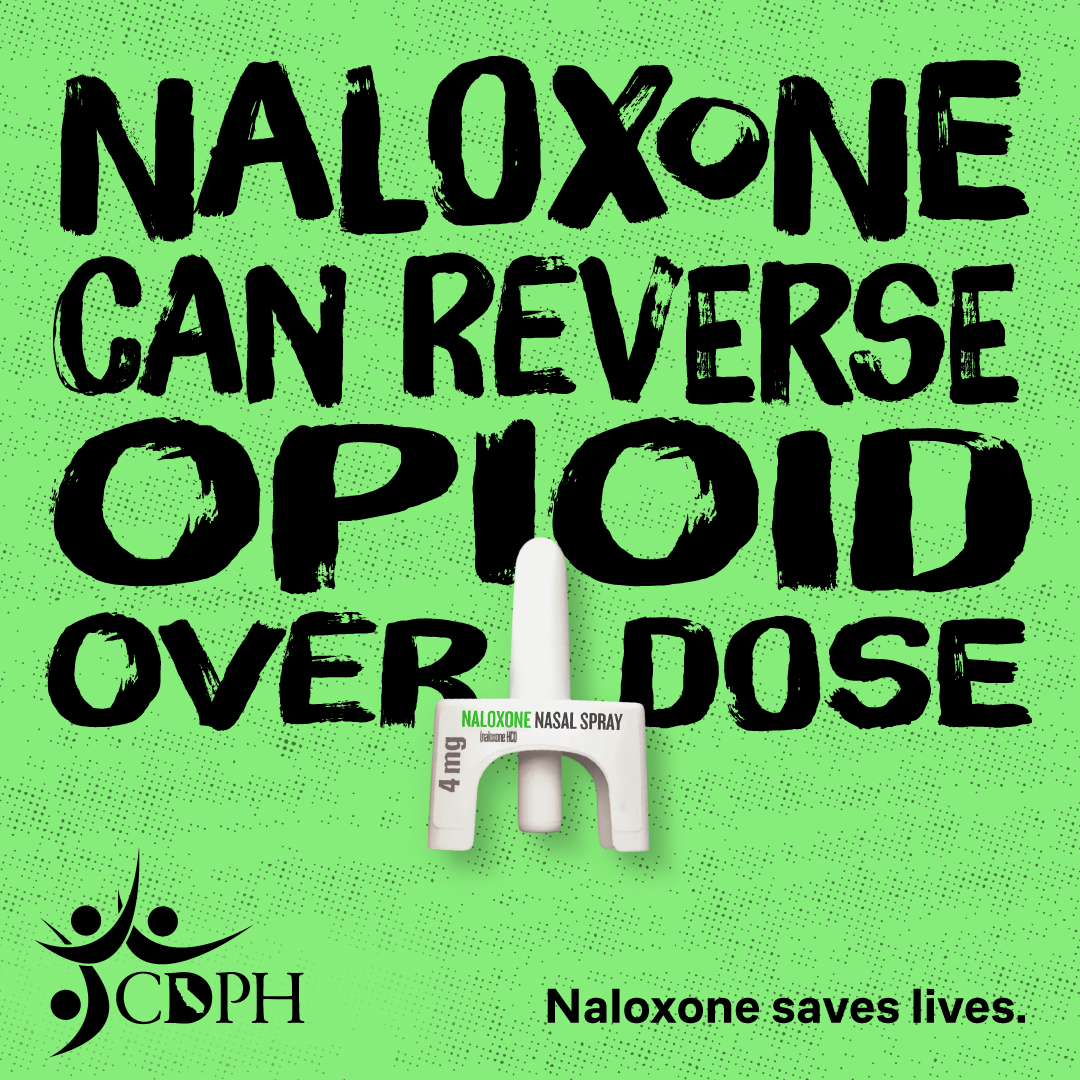
|
Suggested Messaging
Learn to recognize the signs of overdose and use naloxone to save a life.
go.CDPH.ca.gov/naloxone
|
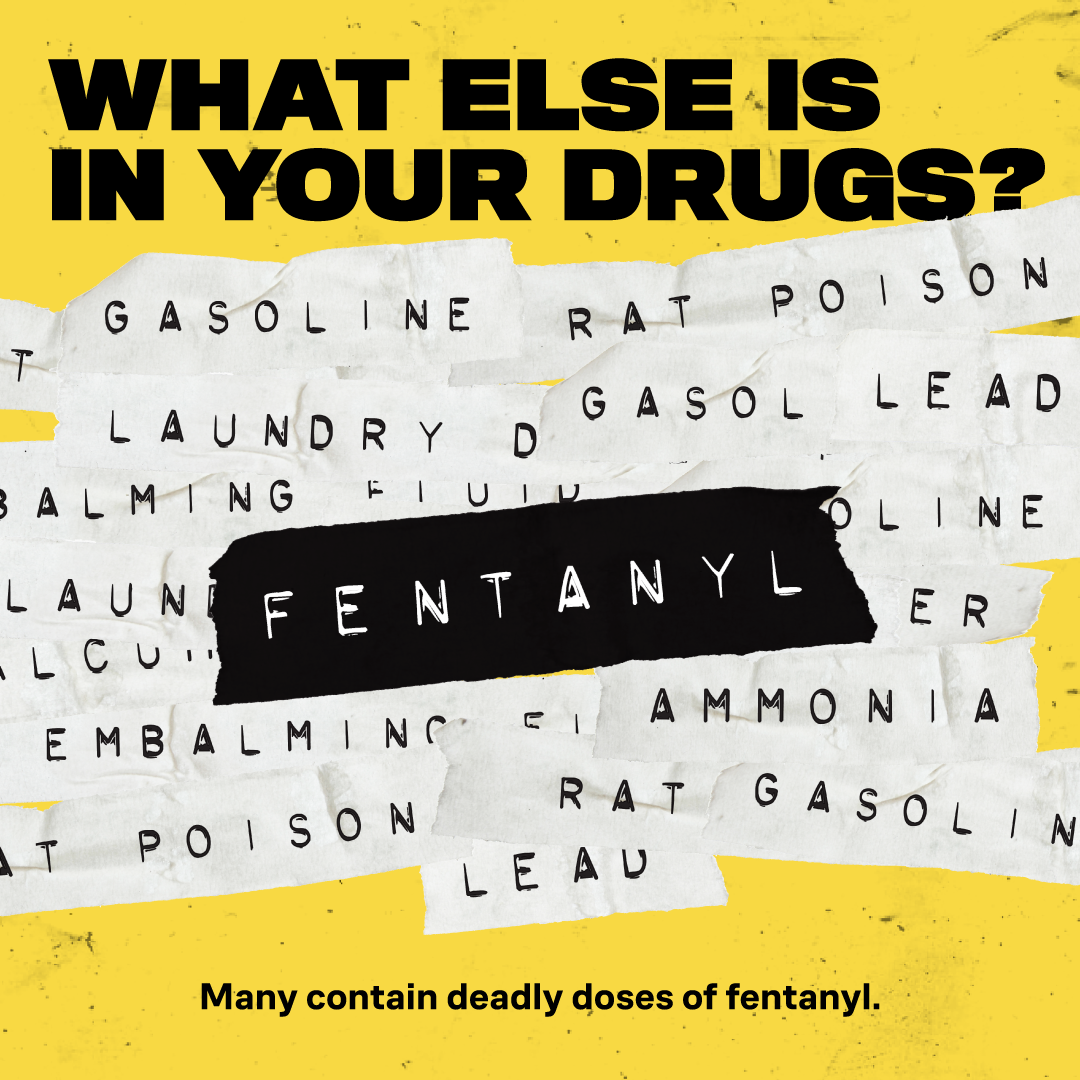
|
Social Media Messaging
|
General Harm Reduction Messaging
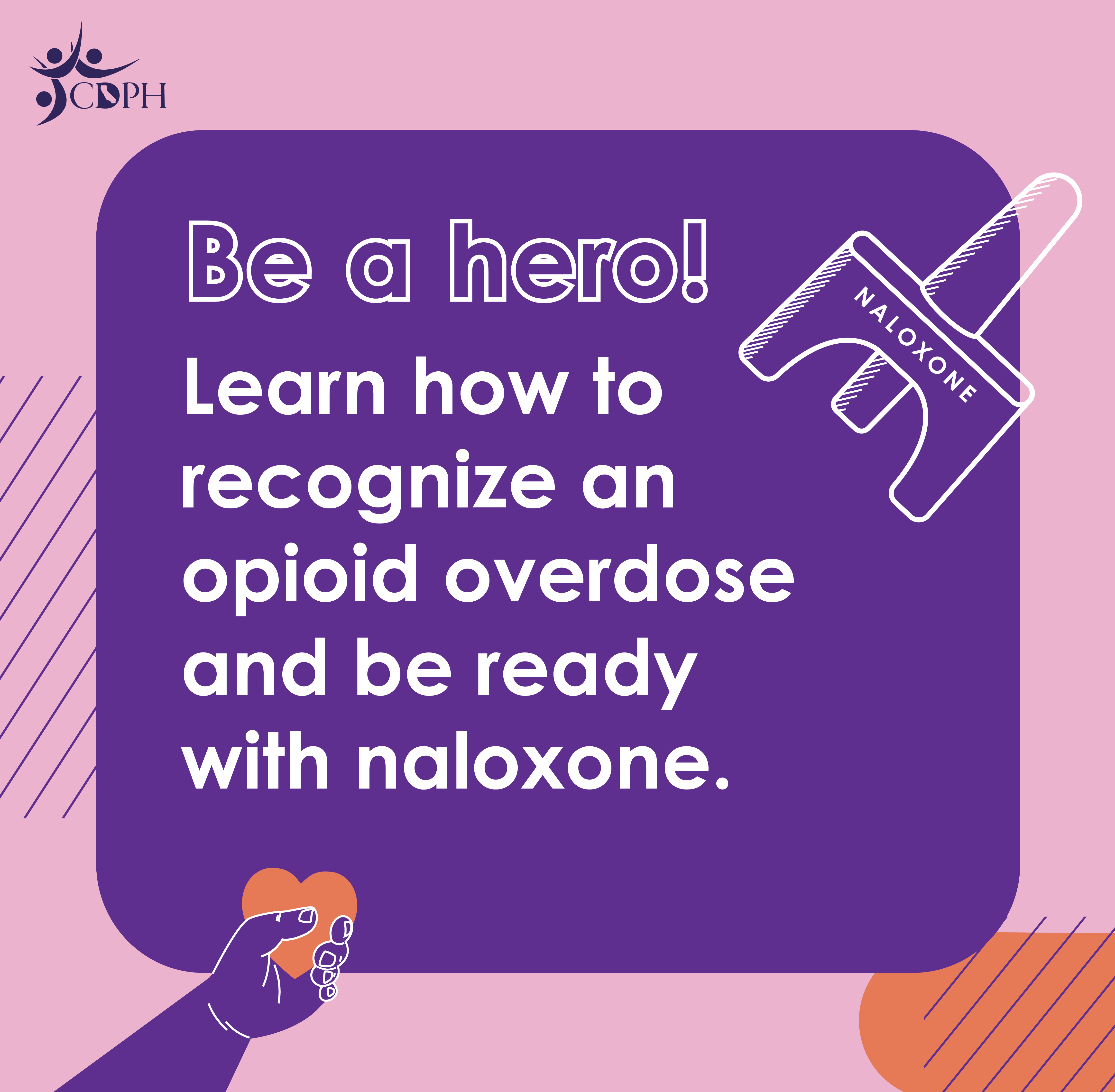 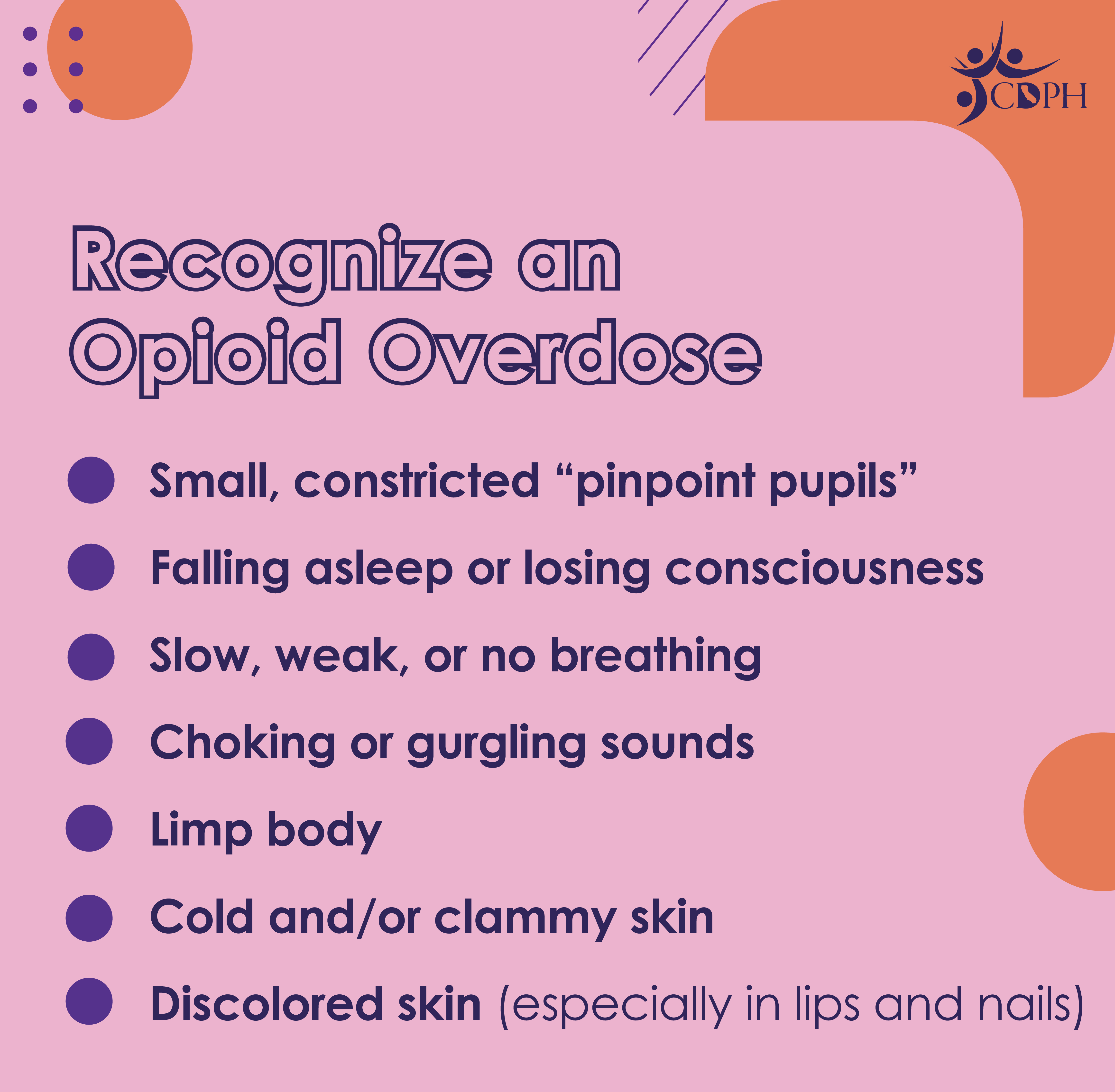
Suggested Messaging:
Be a hero! Know how to recognize an opioid overdose and be ready with naloxone, the medication that can reverse an overdose. Naloxone is now available without a prescription at pharmacies, convenience stores and grocery stores. It’s safe and easy to administer.
Learn more:
https://www.cdph.ca.gov/Programs/CCDPHP/sapb/Pages/Naloxone.aspx
|
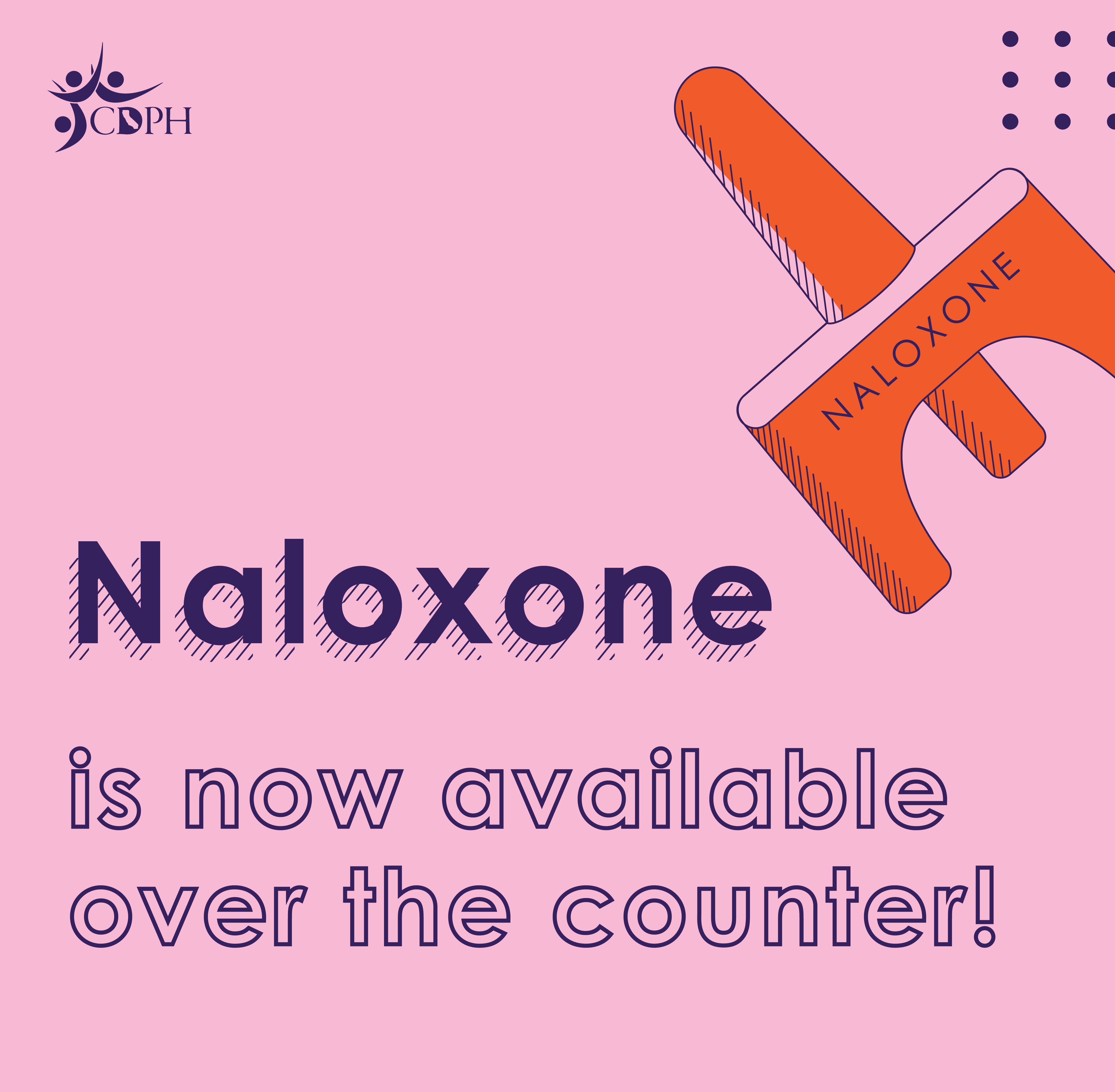 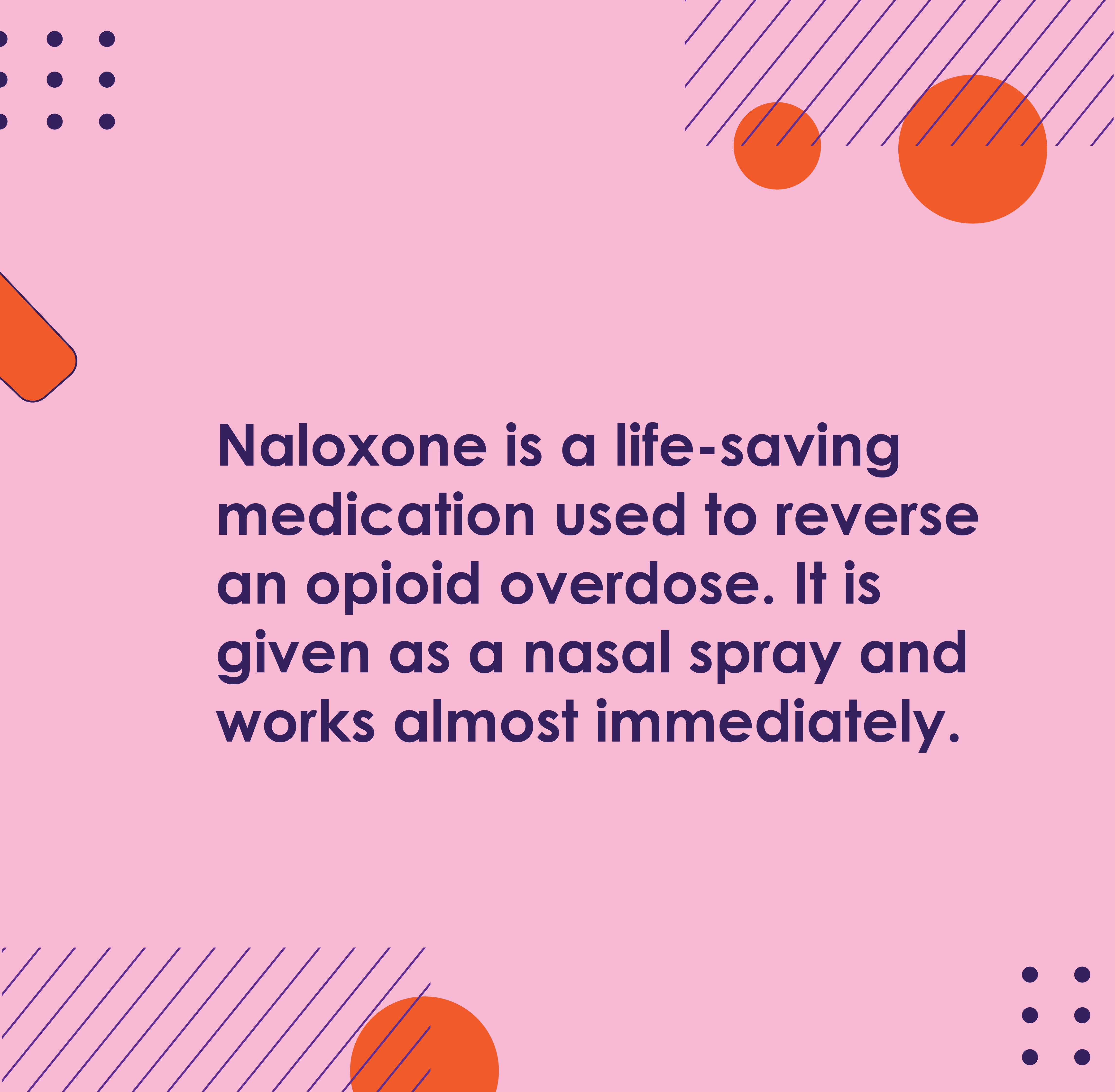
Suggested Messaging:
Naloxone is a life-saving medication used to reverse an opioid overdose. Narcan, the name brand of naloxone, is now available over the counter without a prescription. You can purchase it in pharmacies, convenience and grocery stores, gas stations and online.
Learn more about naloxone at: https://www.cdph.ca.gov/Programs/CCDPHP/sapb/Pages/Over-the-Counter-(OTC)-Naloxone.aspx
|
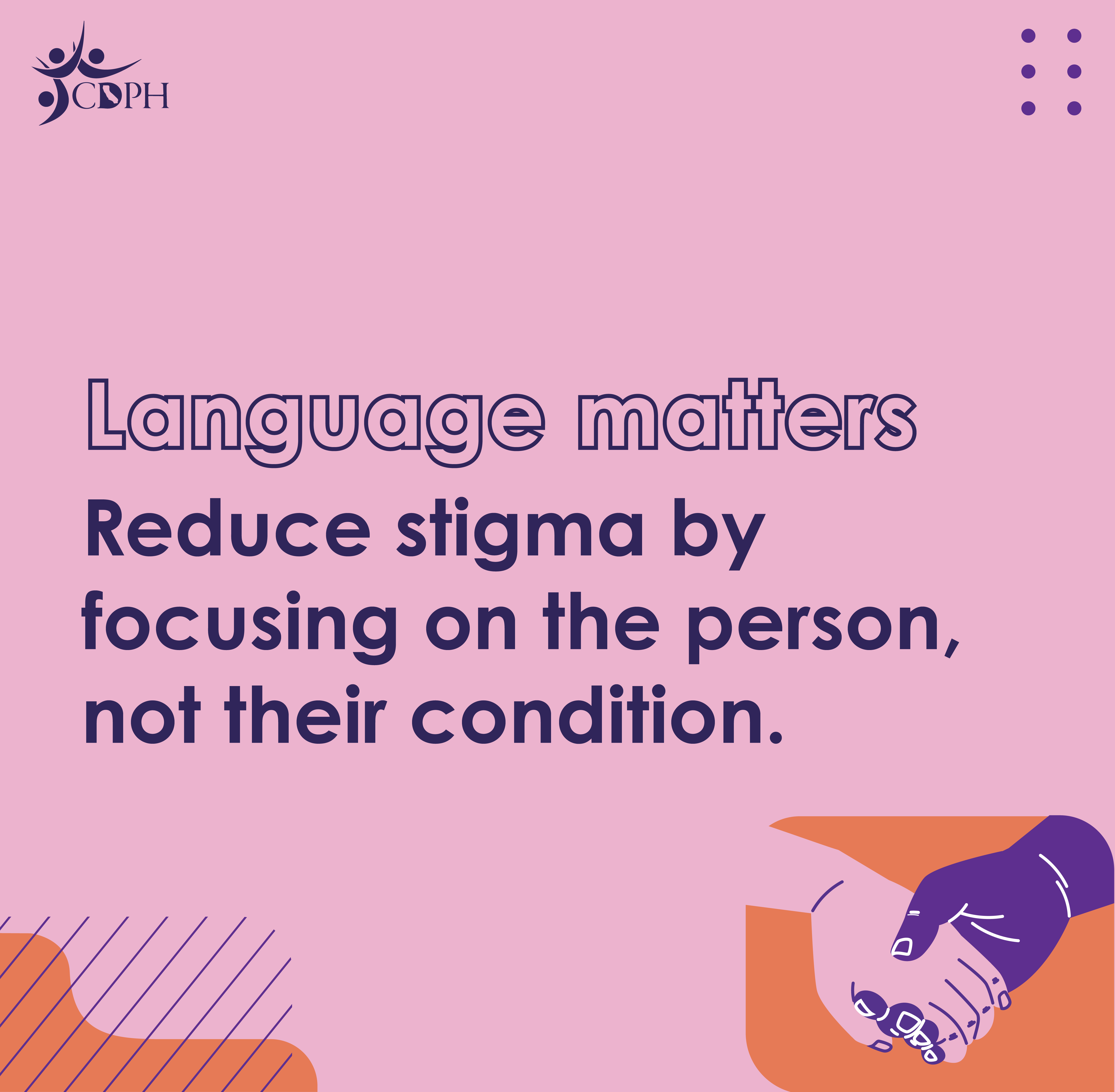
Suggested Messaging:
|
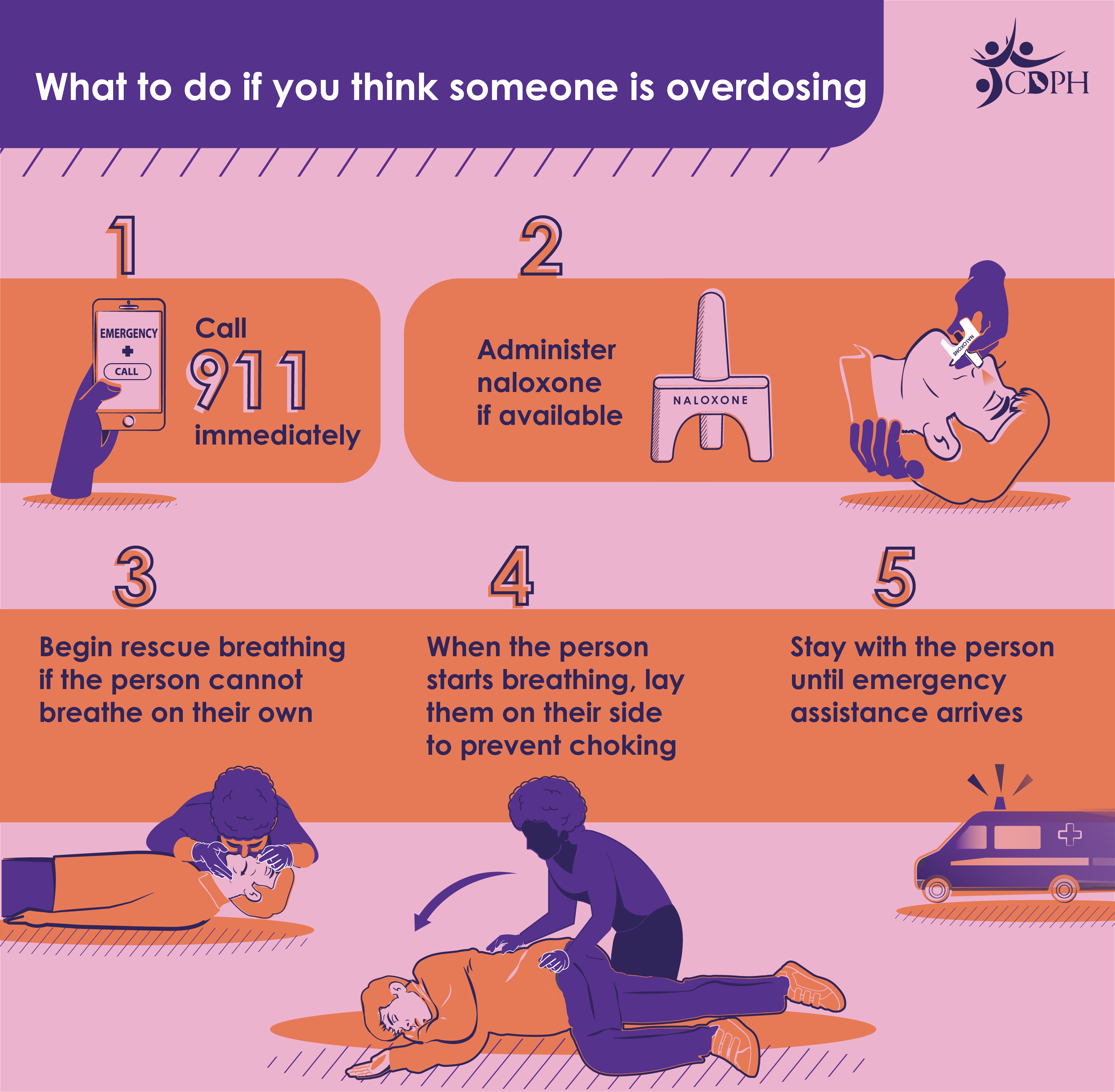
Suggested Messaging:
You can save a life by knowing what to do if you think someone is experiencing an opioid overdose.
- Call 911 immediately
- Administer naloxone, if available (now available over the counter)
- Provide rescue breath if the person cannot breathe on their own
- When the person starts breathing, lay them on their side to prevent choking
- Stay with the person until emergency assistance arrives
|
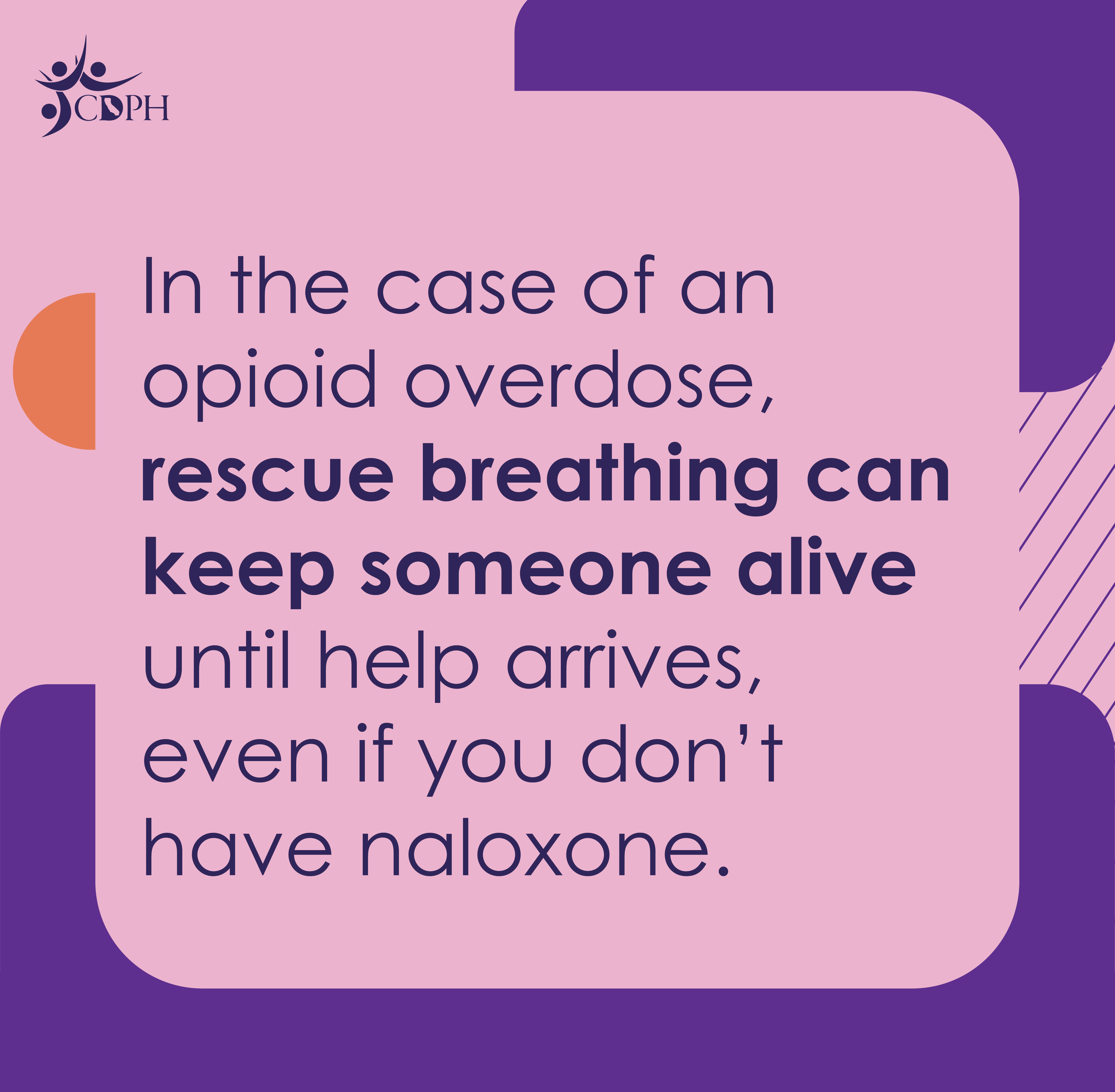 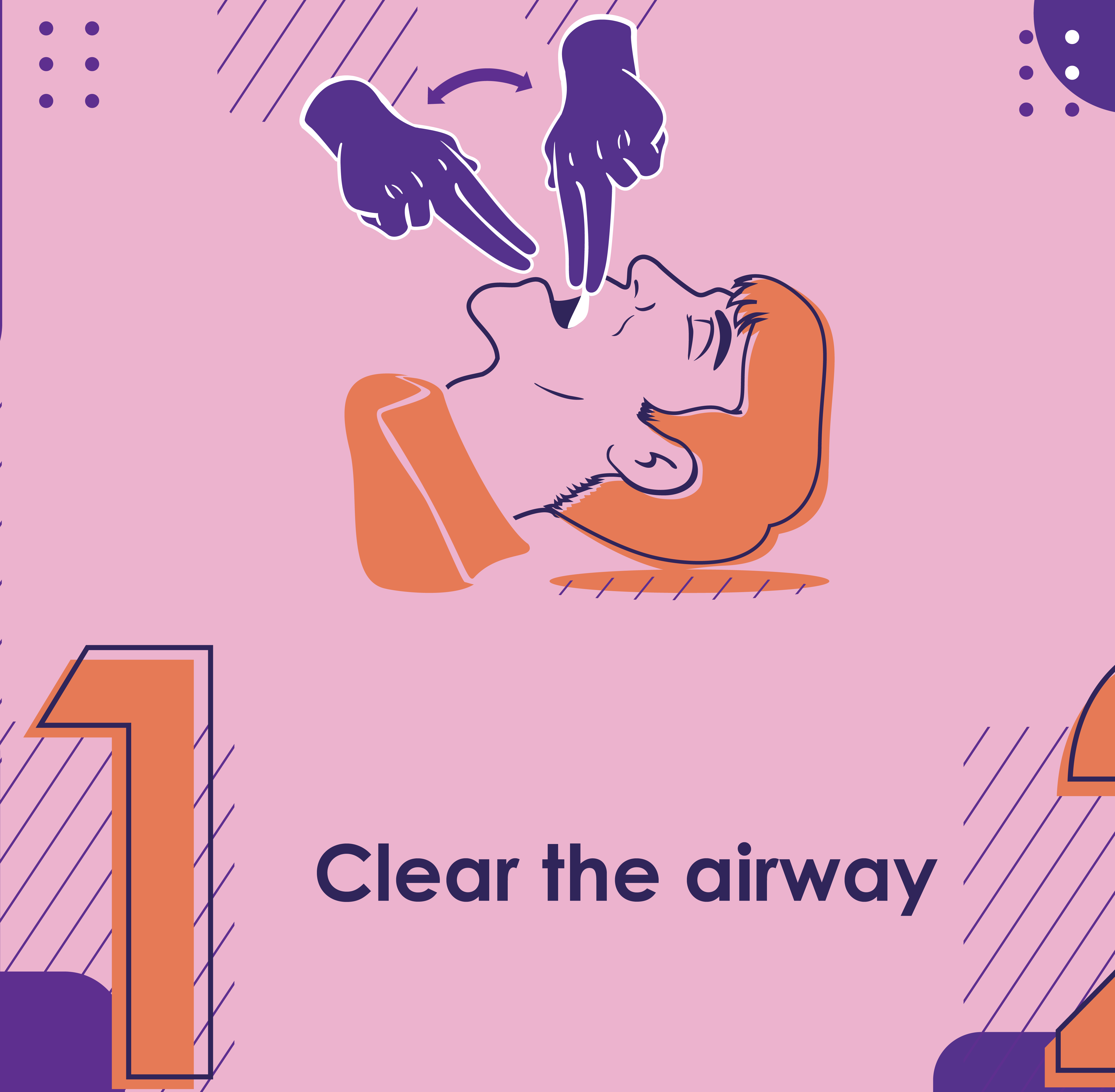
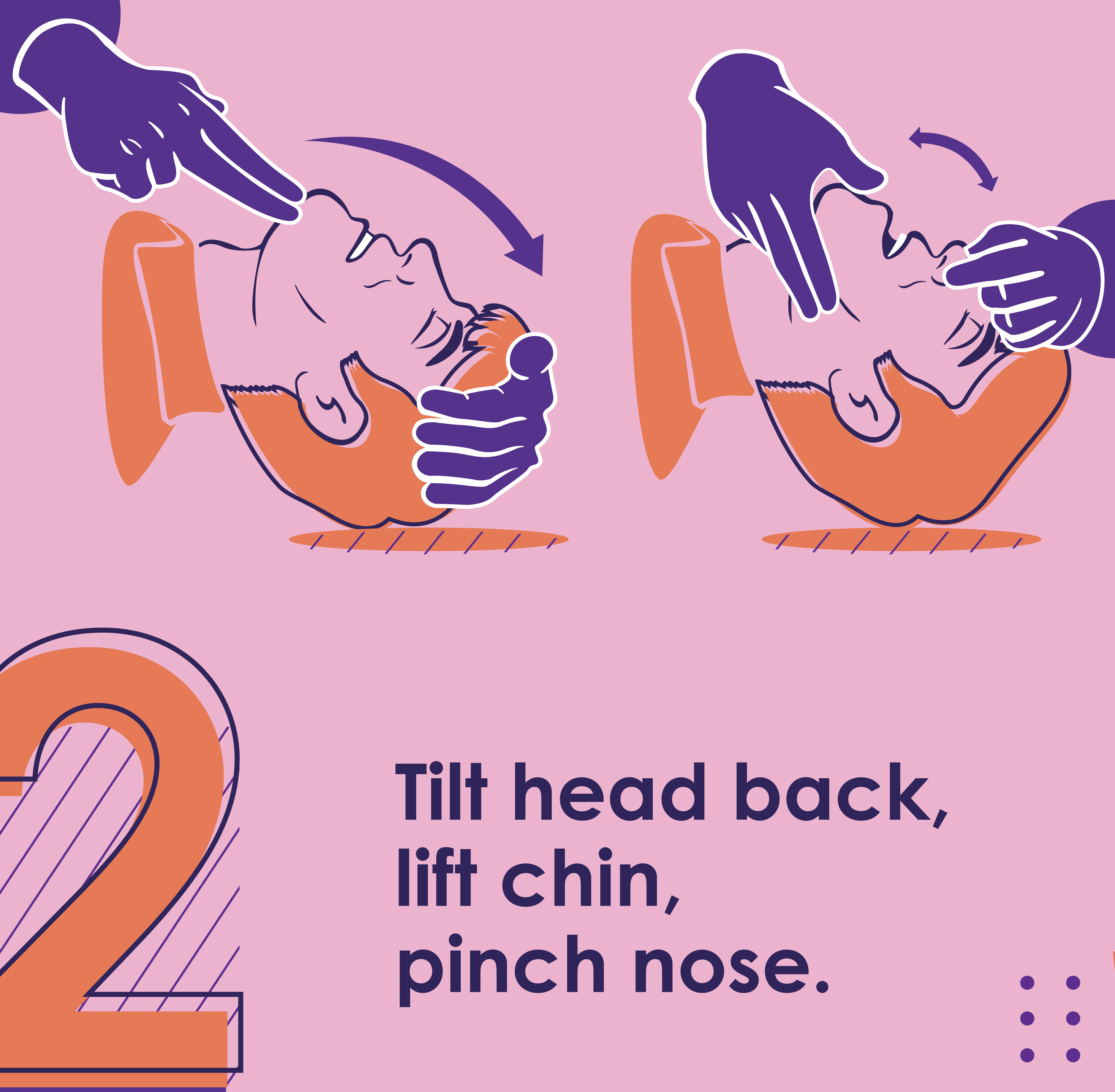 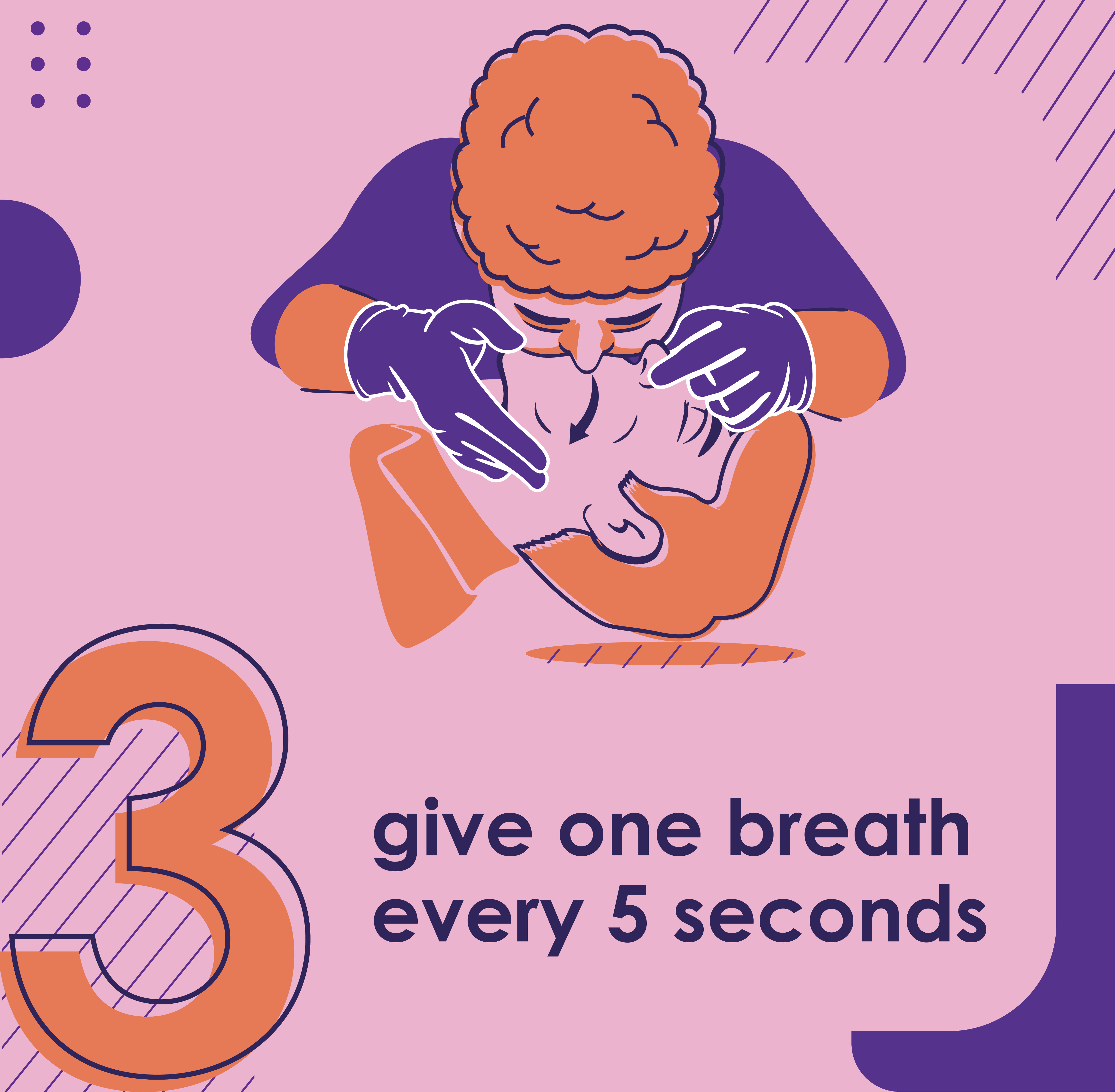
Suggested Messaging:
After you call 911, rescue breathing can keep someone experiencing an opioid overdose alive until help arrives, even if you don’t have naloxone.
- Clear the airway
- Tilt the head back, lift the chin and pinch nose
- Give one breath every 5 seconds
|
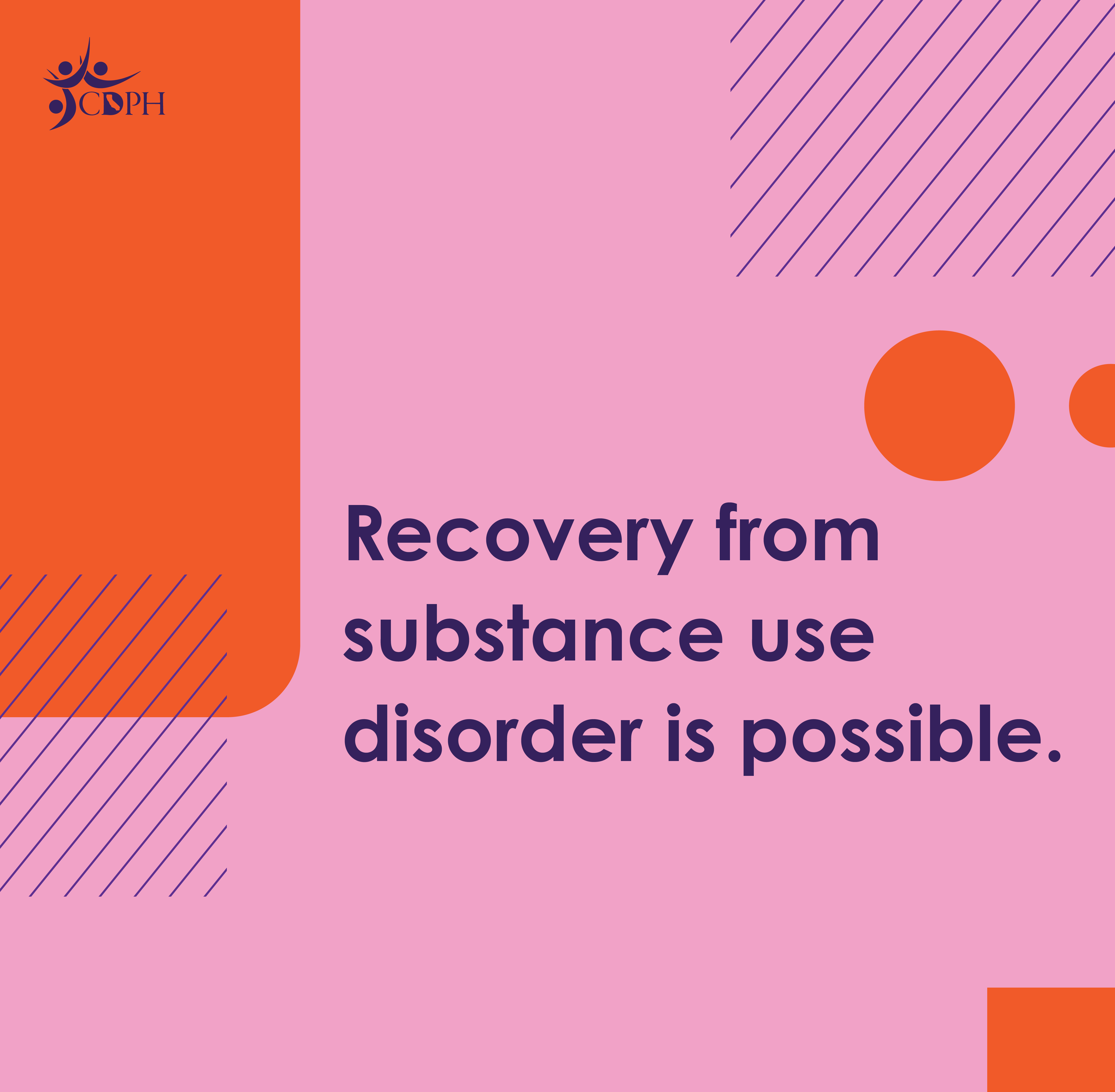
Suggested Messaging:
Recovery from substance use disorder isn’t easy, but it is possible. Recovery can happen in a variety of ways through:
- Medication-assisted treatment
- Counseling and therapy
- Narcotic treatment programs
- Peer-led support groups
- on your own, without formal intervention
If you our someone you love needs support around substance misuse, speak with a trusted medical provider or call the Substance Abuse and Mental Health National Helpline at (800) 662-4257.
Learn more:
https://www.cdph.ca.gov/Programs/CCDPHP/sapb/Pages/People-Who-Use-Drugs.aspx
|
Parent / Guardian Messaging
|
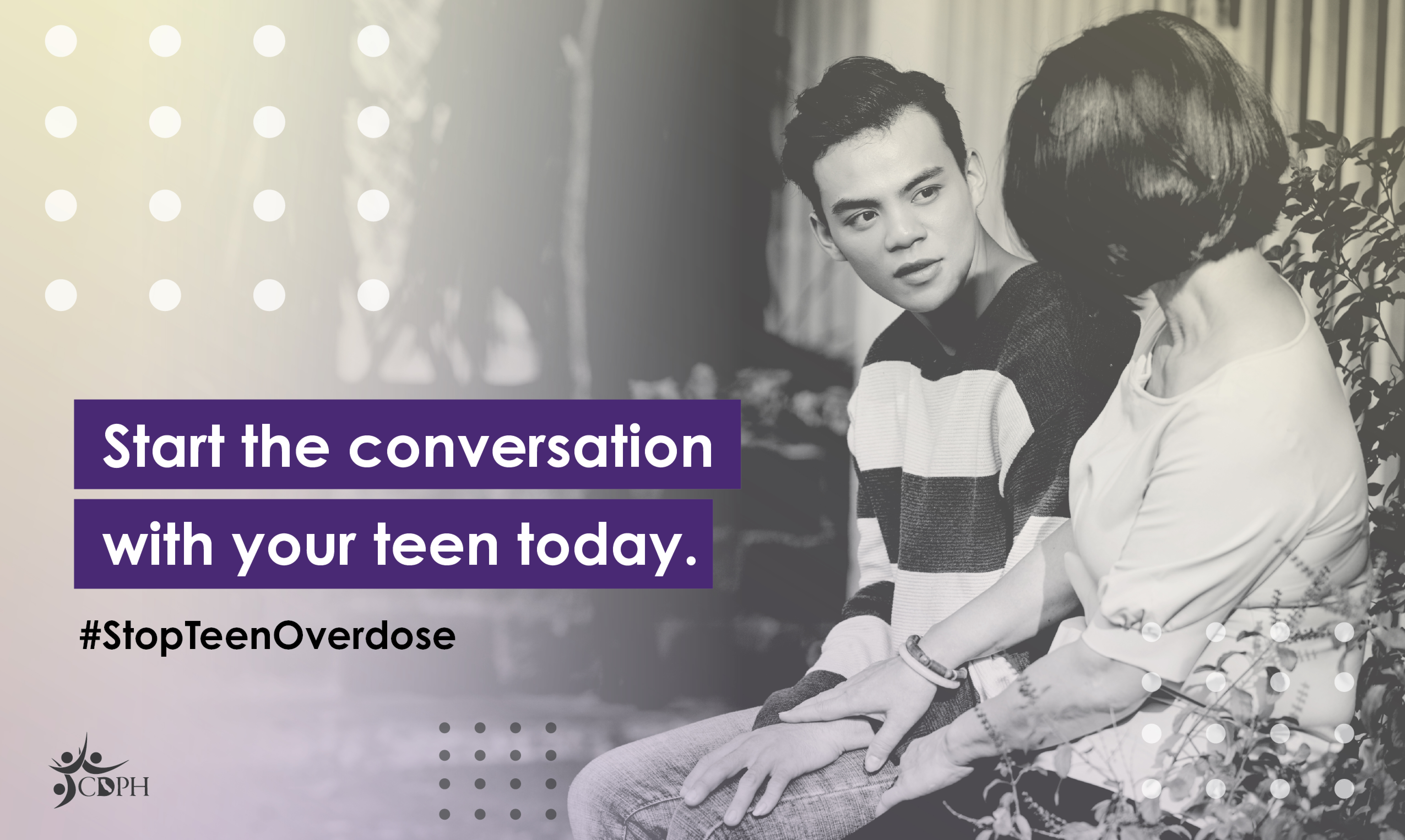
Suggested Messaging:
Conversations can have a big impact. Talk to your teen about drugs and the risk of overdosing. Tips to start conversation:
- Pick a neutral time with no distractions.
- Be open and calm.
- Be prepared and focus on the conversation.
- Give teens the scientific facts and explain the reality and risks of using drugs.
- Educate teens on naloxone, including how to use it and where to get it.
- Express your love and care.
Learn more how to talk to your teens:
https://nida.nih.gov/publications/opioids-facts-parents-need-to-know/starting-conversation
#StopTeenOverdose #TalkTheyHearYou #Fentanyl
Twitter Messaging:
Conversations can have a big impact. Talk to your teen about drugs and the risk of overdosing. Be open and calm, give scientific facts, and Express your love and care.
Learn tips to start the conversation:
https://nida.nih.gov/publications/opioids-facts-parents-need-to-know/starting-conversation
#StopTeenOverdose
|
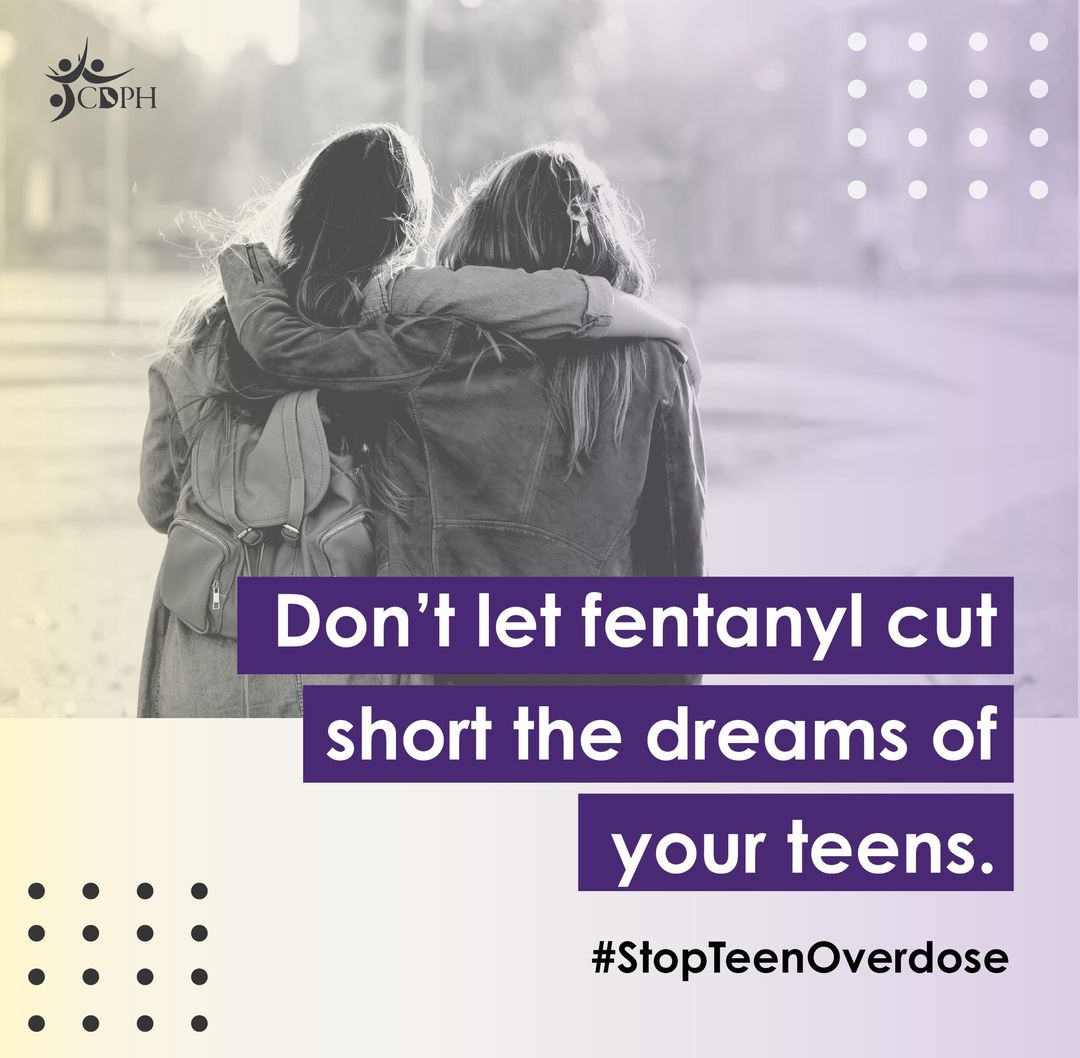
Suggested Messaging:
Empower yourself and your teen with knowledge of how to stop drug overdoses and save lives. Talk with your teen about:
- The dangers of fentanyl
- The risks of mixing drugs
- How naloxone can save lives
- Reducing stigma around seeking help
Learn more here:
https://www.cdc.gov/stopoverdose
#StopTeenOverdose #TalkTheyHearYou #Fentanyl
Twitter Messaging:
Empower your teen with knowledge to stop drug overdoses.
Talk with your teen about:
- Fentanyl
- Risks of mixing drugs
- How naloxone can save lives
#StopTeenOverdose #Fentanyl
|
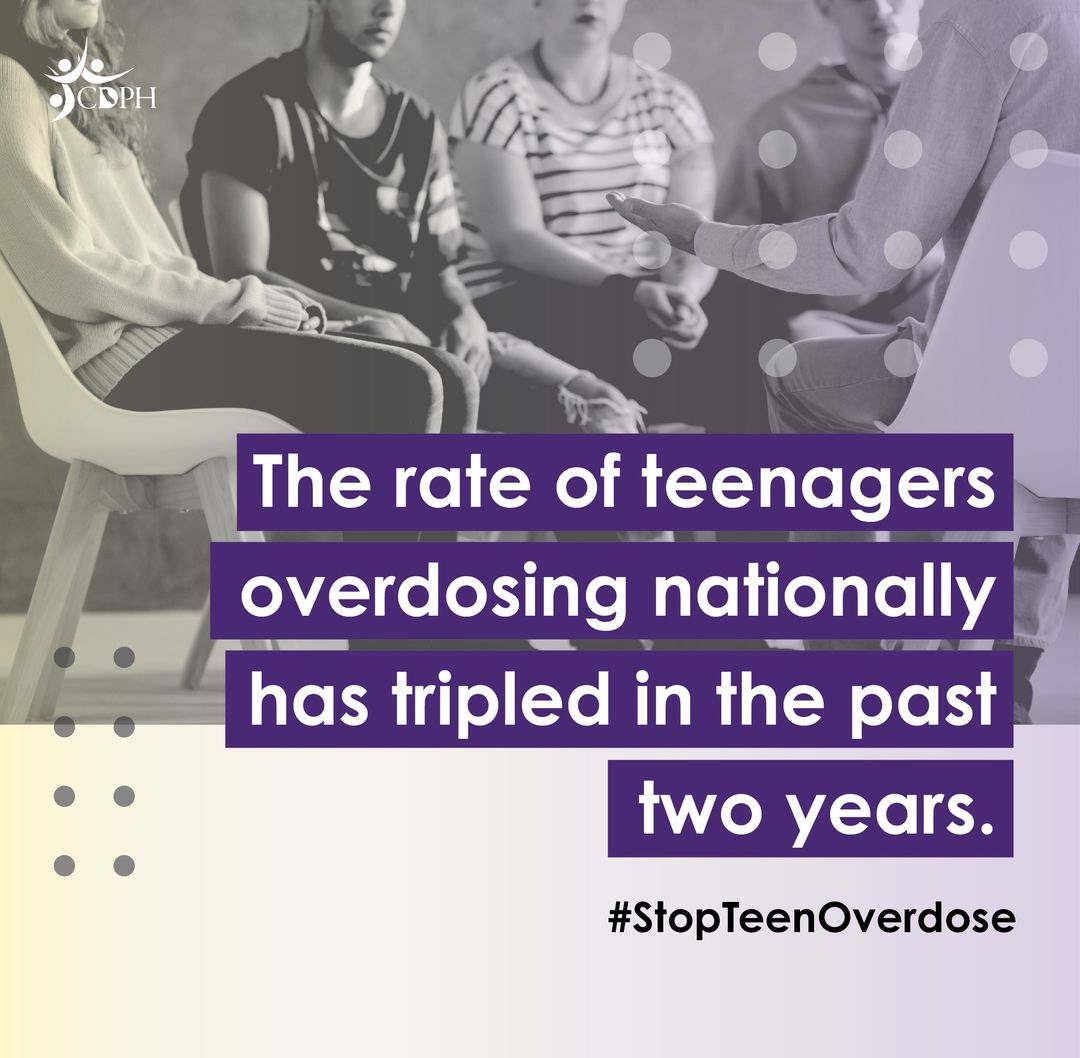
Suggested Messaging:
Does your teenager know the risks of opioid use? Some opioids like fentanyl are tasteless and odorless—even small amounts can cause an overdose. ANY pill bought through social media or even from a friend can contain deadly amounts of fentanyl. Start the conversation and #StopTeenOverdose #fentanyl
Learn more about fentanyl: https://www.cdph.ca.gov/Programs/CCDPHP/sapb/Pages/Fentanyl.aspx
Twitter Messaging:
Does your teenager know the risks of opioid use? Some opioids like fentanyl are tasteless and odorless—even small amounts can cause an overdose. ANY pill bought through social media or from a friend can contain deadly amounts of fentanyl.
|